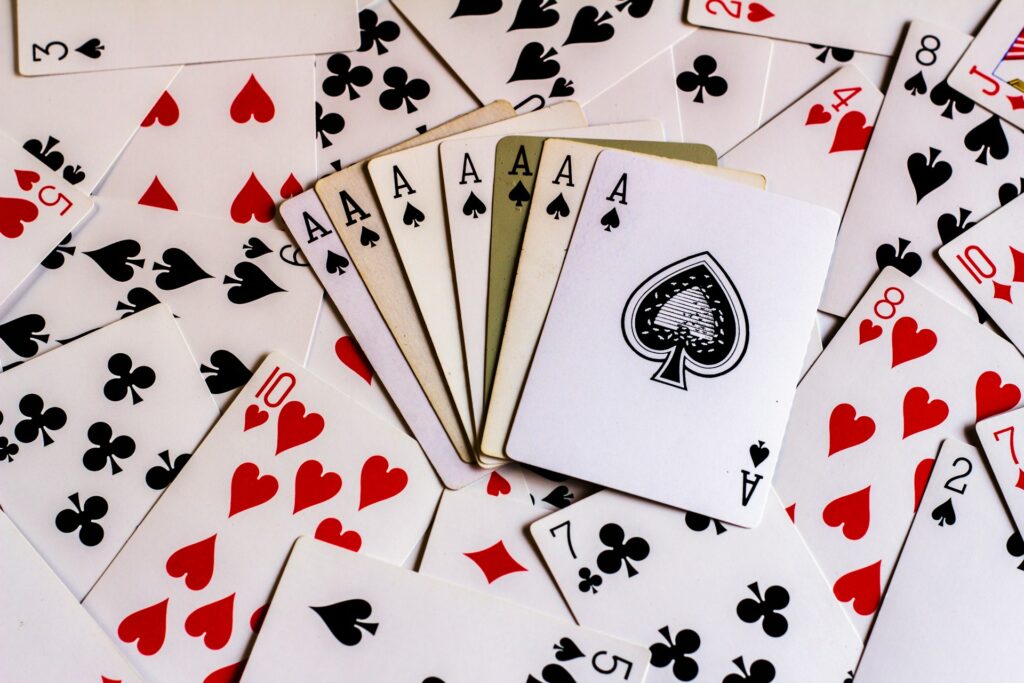Step onto a casino floor, and it feels like anything can happen. Bells ring, lights flash, and someone at the roulette table is cheering over a big win. The atmosphere is thick with possibility. That’s the illusion. The reality? Casinos don’t operate on luck. They operate on math.
Players talk about “hot streaks” and “bad luck” as if they are forces guiding their fate. In reality, every bet made is just another data point in a long line of probability calculations. The house doesn’t win because it’s lucky—it wins because it’s structured to do so. This is where payout percentages come in. They’re the invisible force governing every slot machine spin, every blackjack hand, and every roulette bet.
Payout percentages, often referred to as return-to-player (RTP) rates, tell you the theoretical amount a game will return over the long run. For example, a slot machine with a 96% RTP is designed to return $96 for every $100 wagered—over millions of spins. It doesn’t mean you’ll get $96 every time you play, but over time, that’s how the math plays out. The casino’s profit is simply the difference between the payout percentage and 100%.
So, who decides these payout percentages? It’s not as mysterious as some might think. Every game—whether it’s a slot, blackjack, or roulette—follows a set of mathematical rules that dictate how payouts work. Take slot machines, for instance. Their RTP is based on a combination of reel symbols, payline structures, and a random number generator (RNG). The RNG ensures that every spin is independent, meaning the outcome isn’t influenced by what happened before. A slot machine with a 94% RTP doesn’t mean it will return exactly that amount in a single session, but over the lifespan of millions of spins, it will hover around that percentage.
Table games like blackjack and roulette have a different approach. The house edge is predetermined based on the rules of the game. Blackjack’s house edge, for example, can be as low as 0.5% with optimal strategy, while American roulette sits at 5.26% due to the extra double-zero slot. To ensure fairness, independent testing labs like eCOGRA and Gaming Laboratories International (GLI) verify payout percentages. These organizations analyze millions of spins and hands to confirm that games meet their stated RTPs. If a game falls outside expected variance, it gets flagged. This regulation gives players confidence that they aren’t being shortchanged—but it doesn’t change the fact that the house always has the advantage.
Understanding payout percentages is one thing—acting on that knowledge is another. Casinos have mastered the art of designing games that keep people playing, even when the math says they shouldn’t. One of the biggest psychological traps is the gambler’s fallacy—the belief that past outcomes influence future results. If a roulette wheel lands on red five times in a row, many players instinctively bet on black, convinced it’s “due.” But the wheel has no memory. Each spin is independent.
Then there’s the near-miss effect. Ever play a slot machine where two jackpot symbols landed in place, and the third just barely missed? That’s not an accident. Near-misses trigger the brain’s reward system, making you more likely to keep playing. It creates the illusion that you were “so close” to winning, even though the outcome was always predetermined by the RNG.
Casinos also strategically place games with different payout percentages in ways that maximize engagement. High RTP slots might be near entrances to give the impression that people are winning, while lower RTP machines are often placed in high-traffic areas where casual players are likely to sit down for a quick spin.

If payout percentages are fixed, does that mean there’s no way to improve your chances? Not exactly. While no strategy can override the house edge, some approaches can help stretch your bankroll and improve your odds of walking away ahead. First, not all games are created equal. Some have significantly better payout percentages than others. Blackjack with basic strategy, for example, has one of the lowest house edges in the casino. Video poker is another solid option, with some variations offering over 99% RTP. Compare that to slot machines, where RTP can range from 85% to 97%, and you can see why table games are often a smarter bet.
Then there’s the myth of “due” wins. Some gamers are of the opinion that if a slot machine has not paid out in a considerable amount of time, it is more likely to hit in the near future. In reality, every spin is independent. A machine that hasn’t paid in 500 spins is no more likely to hit on the 501st than it was on the first. That said, bankroll management can make a big difference. Setting win and loss limits helps avoid chasing losses, which is one of the biggest mistakes gamblers make. The longer you play, the more likely the house edge will catch up with you, so knowing when to walk away is key.
And of course, it’s easier to play slots online where they double your money through various welcome bonuses and promotions. While these offers come with wagering requirements, they can be a way to extend playtime without dipping further into your own funds. The accessibility of online casinos also means that players can compare payout rates easily, choosing games with the best RTPs from the comfort of home.
Technology is changing the way payout percentages are structured, monitored, and even manipulated. AI is playing a growing role in game development, with algorithms that adjust game difficulty based on player behavior. Some worry that this could be used to subtly increase house edge without players realizing it, while others see it as a way to create more engaging, dynamic games. Blockchain technology is another game-changer. Some online casinos now offer “provably fair” games where every transaction and outcome is recorded on a public ledger. This allows players to verify that games are truly random and not secretly tilted in favor of the house. Whether this will become the industry standard remains to be seen, but it’s a step toward greater transparency.
Even traditional brick-and-mortar casinos are getting smarter. Facial recognition and player tracking allow them to gather more data on individual gambling habits, leading to more personalized incentives designed to keep people playing. While that can be great for high rollers looking for comps, it also raises questions about responsible gambling. With more personalized incentives, players may find themselves staying longer than they intended, drawn in by tailored rewards and promotions. The psychological impact of this data-driven approach is still being studied, but one thing is clear: the more a casino knows about your habits, the more it can refine its strategies to maximize profits.

Beyond artificial intelligence and blockchain, regulatory changes could also shift the landscape of payout percentages. Some jurisdictions are pushing for stricter transparency requirements, ensuring that players have easy access to RTP information before playing. Others are exploring ways to limit deceptive practices, such as machines that display “near misses” more frequently to keep players engaged. The ongoing debate between consumer protection and industry profit margins will likely shape how payout percentages are presented in the years to come.
Casinos don’t need luck to make money, and neither do you when it comes to making smarter gambling choices. Understanding the math behind payout percentages can give you a clearer view of what’s happening behind the flashing lights and ringing bells. The house will always have an edge, but knowing how to identify games with better odds, managing your bankroll, and recognizing psychological tricks can help you make better-informed decisions. Whether it’s an online slot machine using blockchain or a classic roulette wheel, the math remains the same. The more you know about how payout percentages work, the more control you have over how and where you play.


